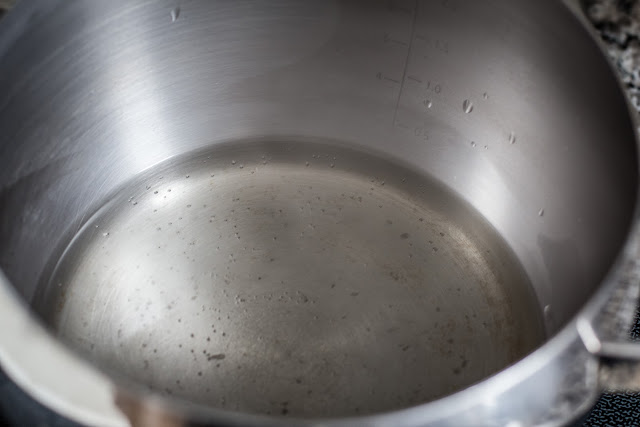This recipe is traditionally used for a large baking tray and consists of two identical layers of dough and a middle jam layer. Due to the festive time, it seems that the thematic and individual cakes are a happier choice here. You can cut out any shape for the top layer. You don't have to be limited to your cookie cutter. The classics are lambs, bunnies, chickens, eggs (and cats for Marta).
........................................................................
Tento recept je pôvodne na veľký plech a skladá sa z dvoch rovnakých vrstiev cesta a lekvárovej vrstvy uprostred. Vzhľadom na sviatočný čas sa mi zdajú tématicke individuálne koláčiky šťastnejším riešením. Na hornú vrstvu môžete vykrojiť akýkoľvek tvar. Nemusíte sa obmedzovať na formičky. Klasické sú barančeky, zajace, kuriatka, vajíčka (a mačky pre Martu).

Kneaded Mini Cakes with Jam
2 cups all-purpose flour
1 cup powdered sugar
250 g butter, at room temperature
1 sachet baking powder
4 egg yolks
handful of ground walnuts (optional)
350 ml plum jam (or apricot, strawberry, ...)
butter for greasing the baking pans
powdered sugar for dusting
Pre-grease 12 baking pans, 10 cm in diameter.
Pre-heat the oven to 200˚C.
Put all the ingredients for the dough into a bowl and knead together till a homogeneous mass forms. Transfer the dough onto your floured work surface. Roll the dough out to the thickness of 3 - 4 mm. Cut out the circles slightly larger than the bottom of the pan and place them in the prepared pans. Press down gently and apply an even layer of jam. Use the remaining dough to cut out decorative shapes and place them on the jam layer.
Bake for about 12 minutes, until the surface is golden brown.
After baking and cooling, loosen the edges and take out of the baking pans.
Dust the surface with some powdered sugar.
12 individual cakes.
........................................................................
Hnetený Mini Koláč s Lekvárom
2 hrnčeky polohrubej, alebo hladkej múky
1 hrnček práškového cukru
1 prášok do pečiva
hrsť mletých vlašských orechov, alebo mandlí (nemusí byť)
250 g masla, izbovej teploty
4 žĺtky
120 ml slivkového lekváru (alebo marhuľového, jahodového, ...)
maslo na vymastenie formičiek na pečenie
práškový cukor na pocukrovanie
Vymastite 12 formičiek s priemerom 10 cm maslom.
Predhrejte rúru na 200˚C.
Dajte si všetky ingrediencie na cesto do misy a vyformujte homogénne cesto hnetením. Preložte ho na pracovnú plochu a valčekom vyvaľkajte na hrúbu asi 3 - 4 mm. Postupne vykrojujte kruhy o niečo väčšie ako dno formičky a vložte do pripravených foriem. Cesto jemne utlačte a rovnomerne naneste lekvárovú vrstvu. Zo zvyšného cesta vykrojte ozdobné tvary a uložte na lekvár.
Pečte asi 12 minút, kým povrch nie je zlato - hnedej farby.
Po upečení a vychladnutí uvoľnite okraje a vyklopte ich von.
Povrch pocukrujte.
12 individuálných koláčov







































